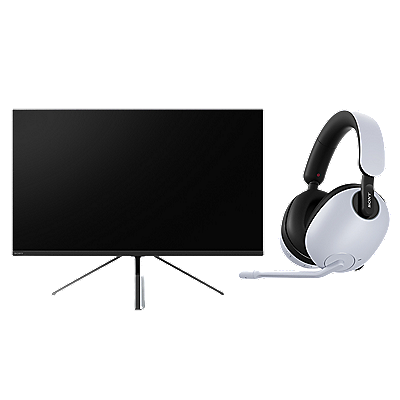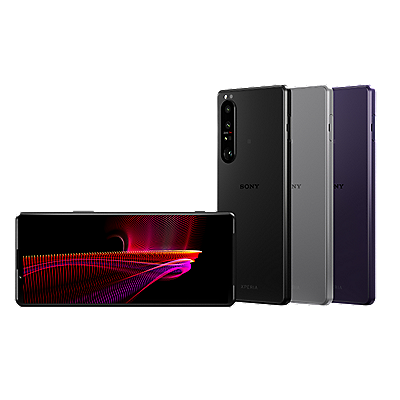

BRAVIATM, entertainment for the future
Entertainment meets environmental consideration
With BRAVIA, you can enjoy not only the best cinematic experiences in your living room, but also innovations that reduce environmental impact by helping to reduce energy consumption and the use of non-renewable resources. It's easy to choose your own settings with BRAVIA to further contribute to reducing environmental impact.

Making it, moving it, and using it more efficiently
Advanced engineering for the environment



All energy-saving settings in one place, with easy power usage visualisation

Optimal viewing and energy use with automatic brightness control
[1] Darker environment [2] Brighter environment

Automatic viewer sensing for further energy saving



Creating products using less virgin plastic
High product quality using recycled materials

Recycled and beautiful, for inside and out
[1] Reflective sheet (recycled material used) [2] LED backlight [3] LCD panel [4] Rear cover (SORPLAS used)

Lasting durability for long-term use
Eco-conscious material for daily-used remote control


Working to close the loop with repeated recyclability

Manufacturing BRAVIA with less environmental impact


Logistics with environment in mind
We are reviewing every detail of packaging with environmental considerations in mind, leveraging numerous simulations and decades of global logistics experience.
Better packaging with less plastic
Cutting CO2 with smaller and lighter packaging

Industry-first0 adoption of marine-degradable packaging materials

*01
Less ink saves resources



Shusuke Tomonaga
Product Technology Center
Sony Corporation

Reducing environmental impact through the power of technology
Televisions are becoming larger, more intelligent and more versatile, but it is important that their environmental impact should be reduced as well. In particular, curbing power consumption, which is related to climate change, is an important issue. The key is the panel display driver technology, a key component of the TV.
BRAVIA uses a variety of information such as the various scene of contents, ambient brightness and temperature of the viewing environment, and the presence and position of people recognised in combination with the dedicated BRAVIA Cam accessory, to precisely control the backlight LEDs and achieve both high picture quality expression and reduced power consumption by maximising display performance.
The Eco Dashboard features an intuitive user interface that makes it simple to set energy-saving settings, and check the TV’s current and past power consumption.
We will continue to provide users with the best picture experience while reducing the environmental impact through a variety of approaches.
Kunihiro Ishii
Product Technology Center
Sony Corporation

Continuous efforts in reducing virgin plastics
We have been actively using SORPLAS, Sony’s unique recycled plastic, for over a decade and are now using it for the rear covers of some of our TV models. There were various challenges when first considering its application. However, through cooperation with the department in charge of developing SORPLAS, we repeatedly improved the recipe, conducted simulations, made prototypes, and successfully adopted SORPLAS for TV products without compromising performance or quality, thereby reducing the amount of virgin plastic used. In addition, it is important to reduce the amount of cushioning material in the packaging that protects the product. This will reduce overall plastic usage and at the same time lead to smaller and lighter packages, improving transportation efficiency and thus reducing transportation-related CO2 emissions. Utilising our strength simulation technology and logistics know-how, we repeatedly tested the actual product to find the optimal form that best reduces the use of cushioning material while maintaining the properties necessary to protect the products. We will continue to leverage our experience and expertise to achieve further reductions in environmental impact through our design activities.

































